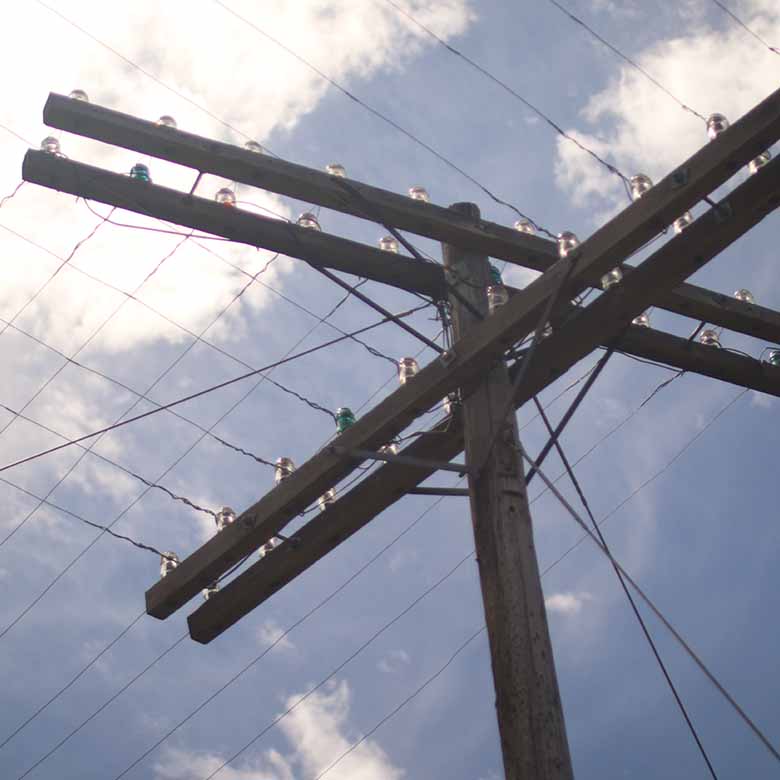The Experience
Start your self-guided tour in our main building exploring artifacts that portray the life of early ranchers. Learn about former US slave John Ware, who immigrated to Alberta after he was freed and became our province’s first Black cowboy. Find out how the Duke of Sutherland attracted settlers to the area, and discover the influence the Canadian Pacific Railway had on the region. Each exhibit showcases an important part of history that won’t soon be forgotten. After the main building, stroll along the Museum’s boardwalk to visit our historic buildings. Walk through our seven acre property to visit the Alberts’ House, the original living quarters for engineers working on the Brooks Aqueduct, and the 1930’s Garage that houses our mint condition Ford “A” Roadster Coupe. Stop in to the Philpott Honey Hut, the Seventh Day Adventist Church, the Kitchener Schoolhouse, the Sarah King House, and more to experience and engage in the area’s history.
When you spot a blue kiosk at your location, check it out for additional videos, old photographs, and historical re-enactments to further enhance the experience! No two kiosks are alike, so it’s worth it to stop at every one.
On your way back, stop to smell the roses in our Heritage Rose Garden, then sample our delectable homemade ice cream for the perfect post-tour snack. Don’t forget to check out our gift shop before you leave to snag the perfect local artisan pottery or mouth-watering old-style candy.
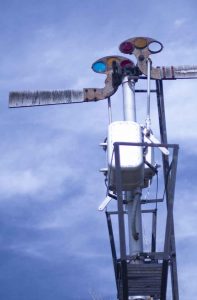
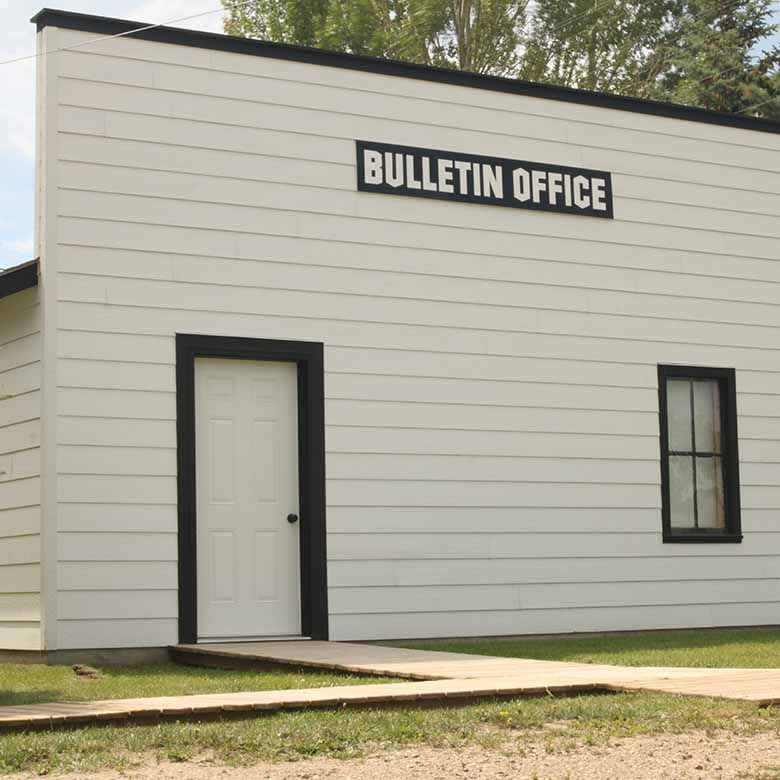
The Brooks Bulletin
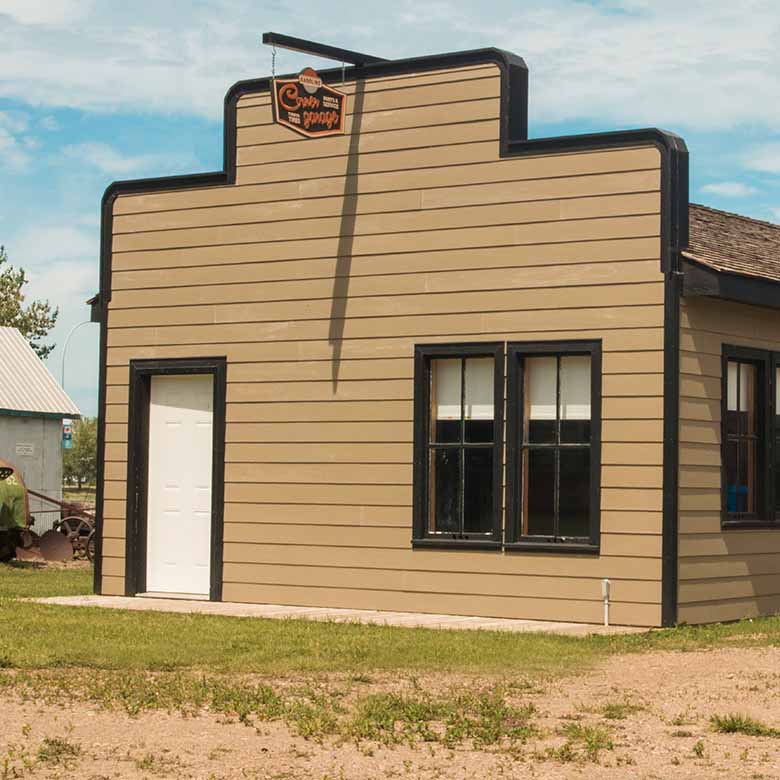
Corner Garage
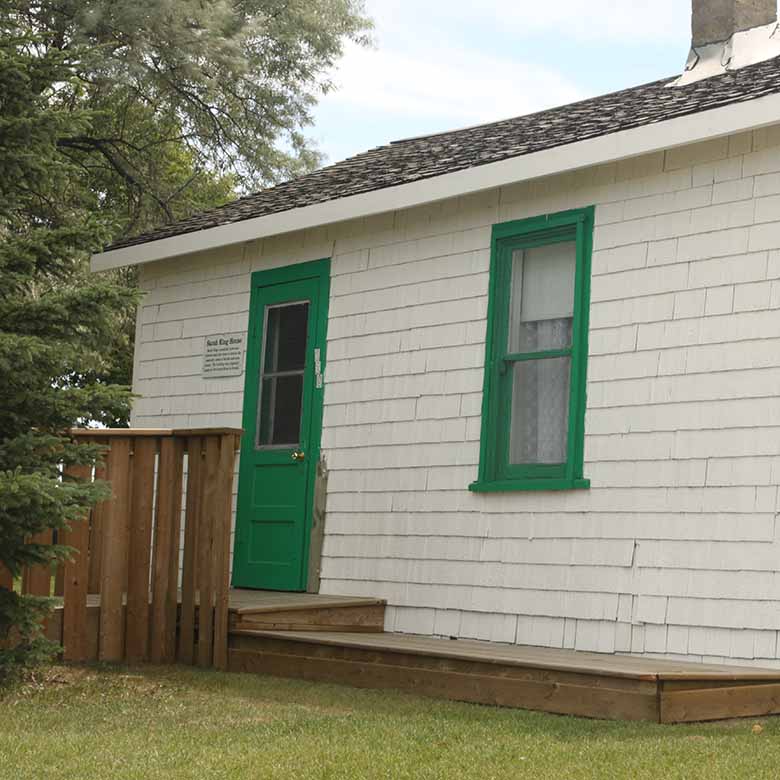
Sarah King House
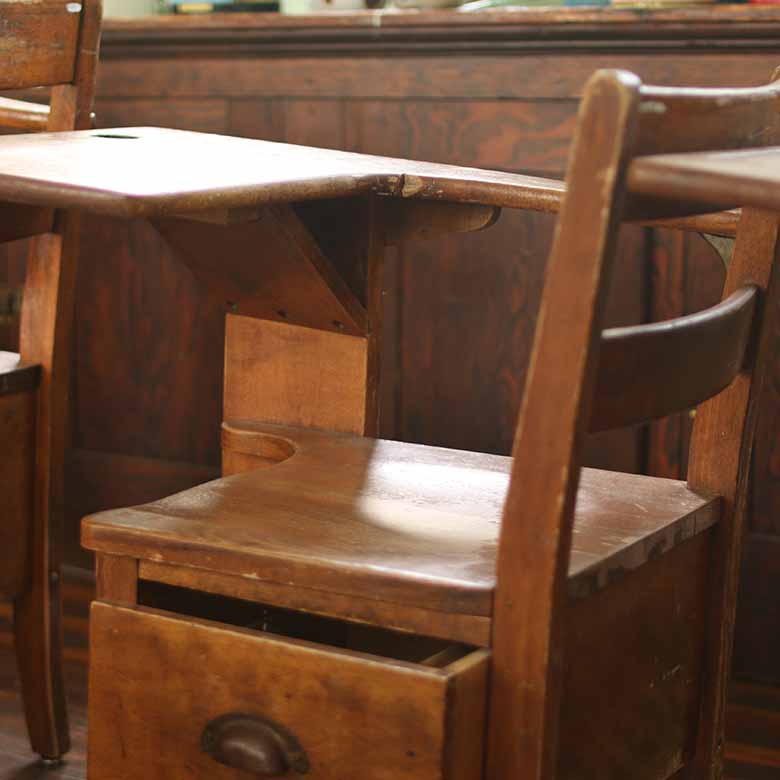
Kitchener Schoolhouse
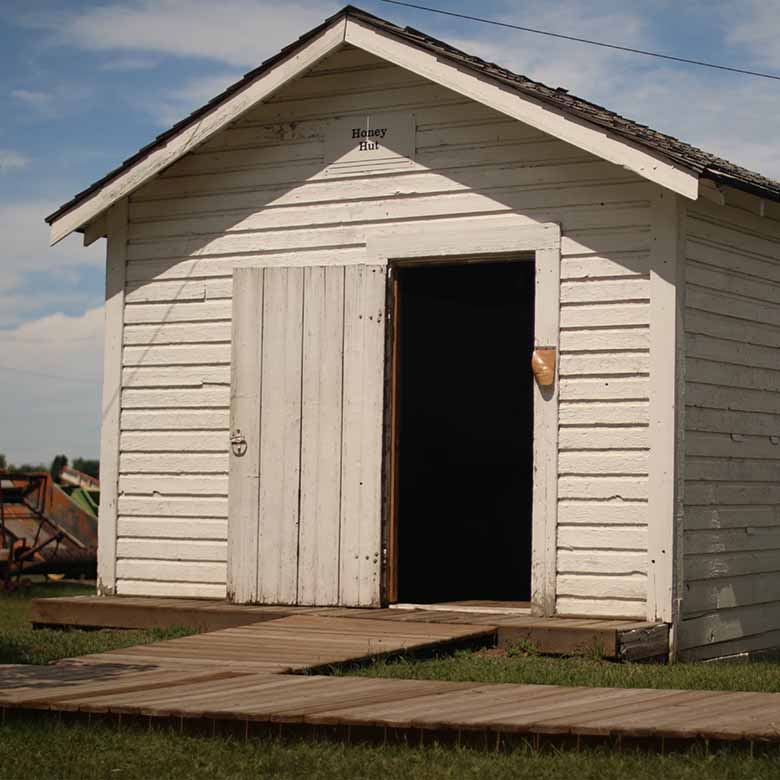
Philpott Honey Hut
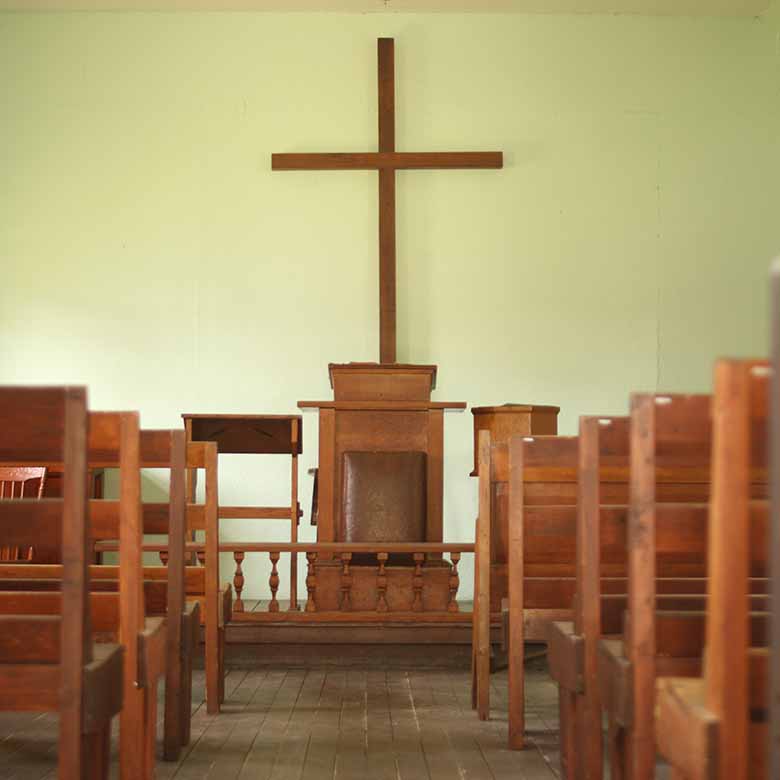
Seventh Day Adventist Church
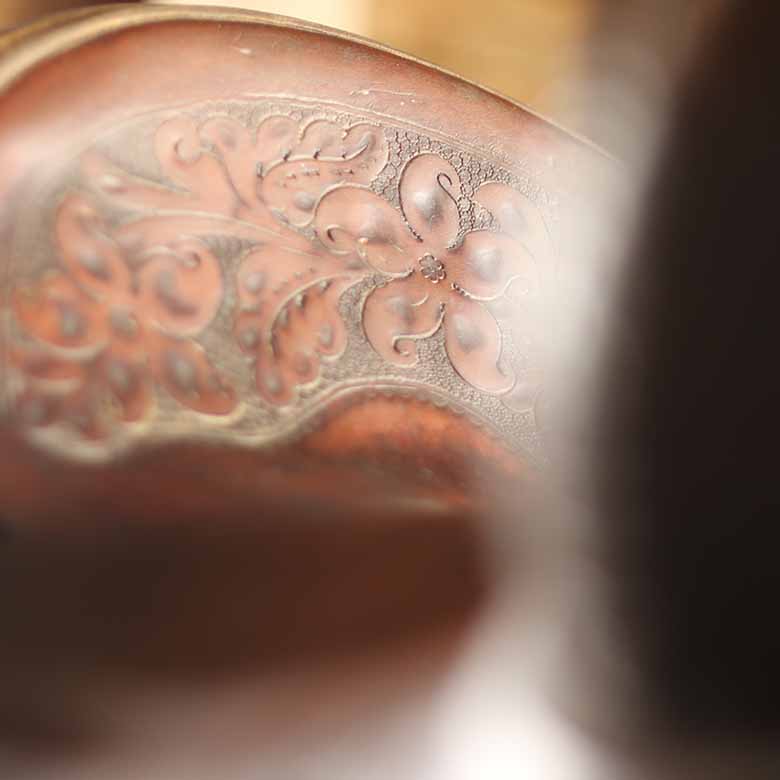
The Barn
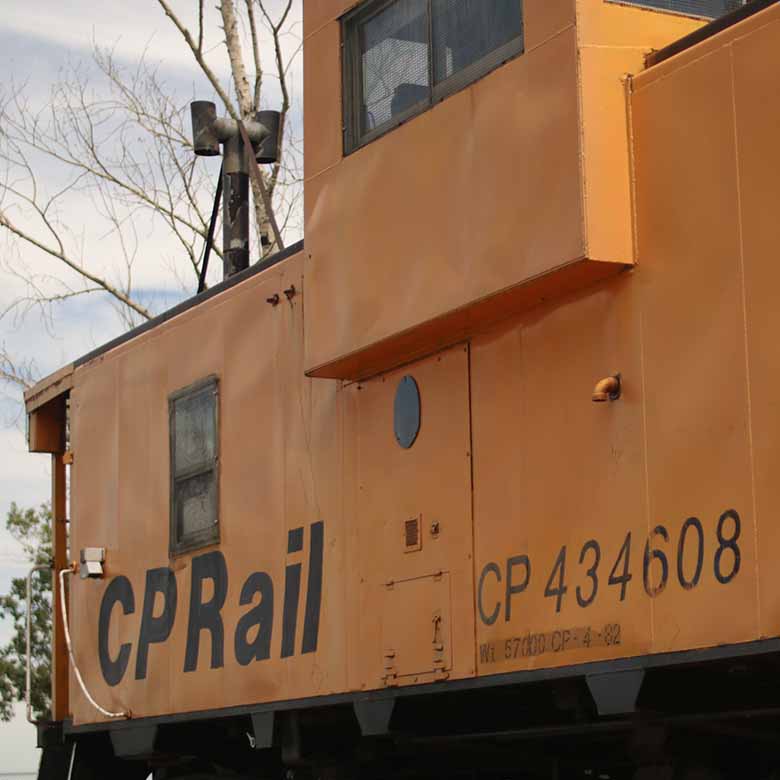
The Caboose
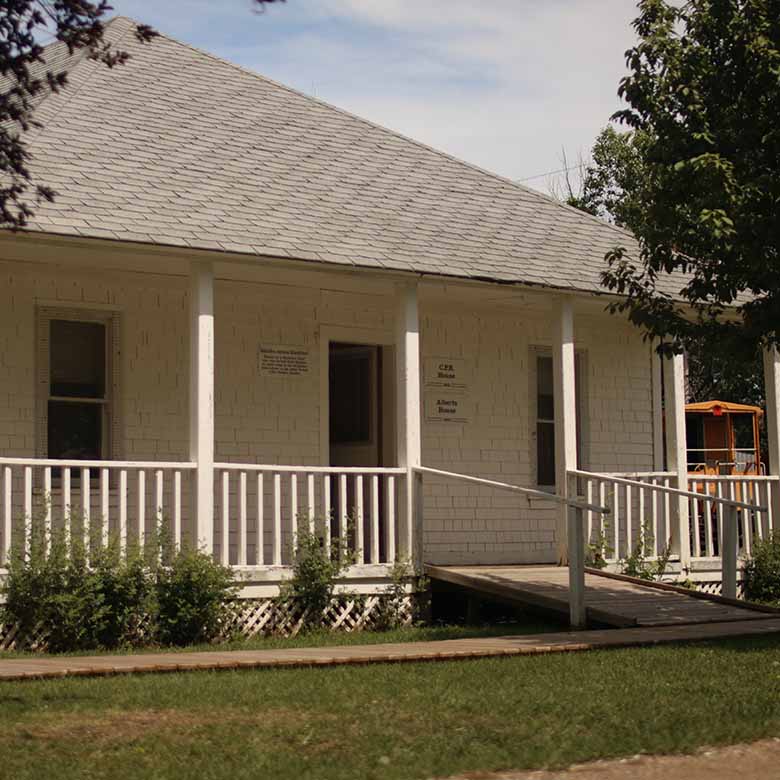
Alberts House
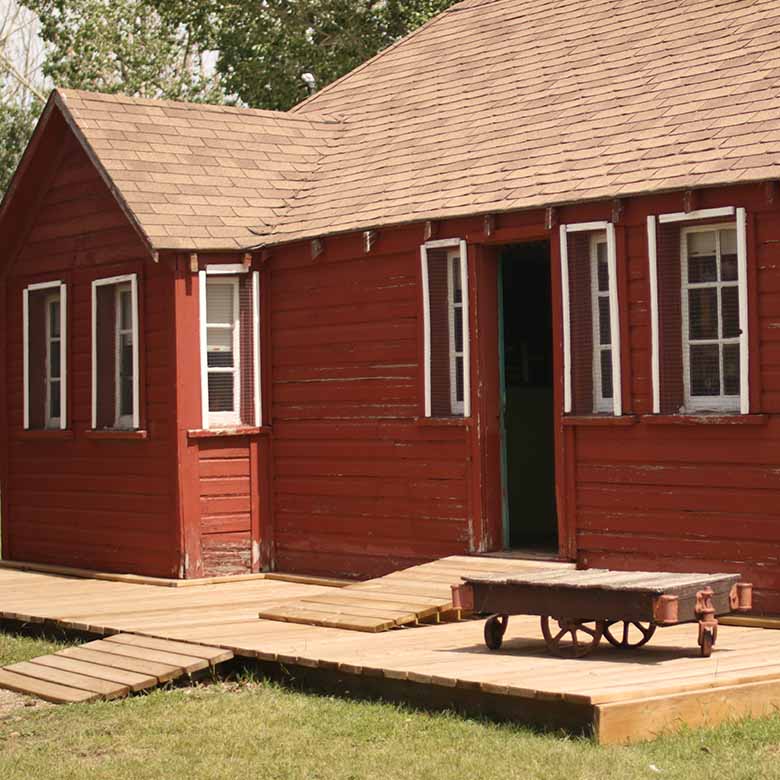
Duchess Train Station
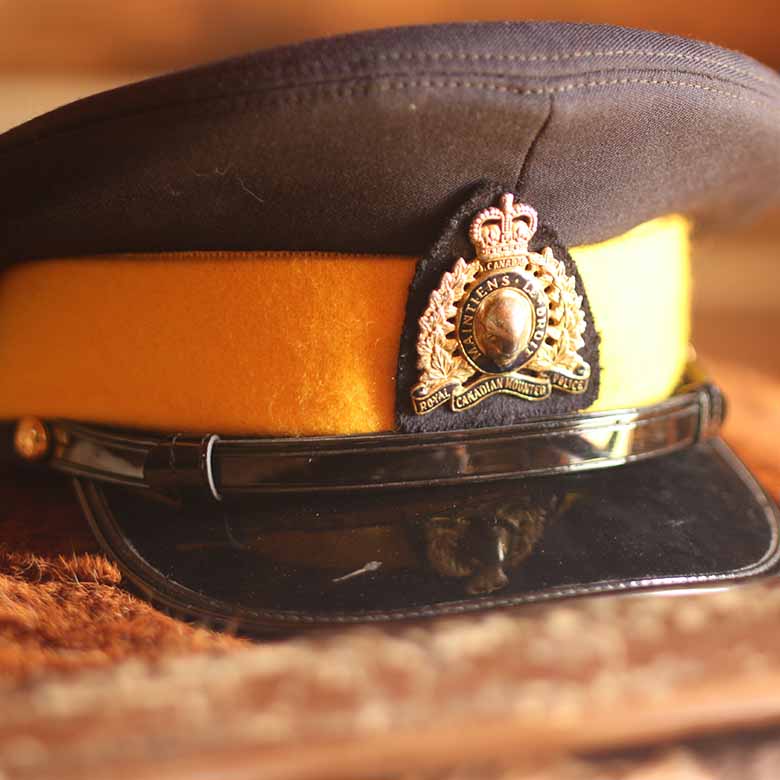
The Parvella
